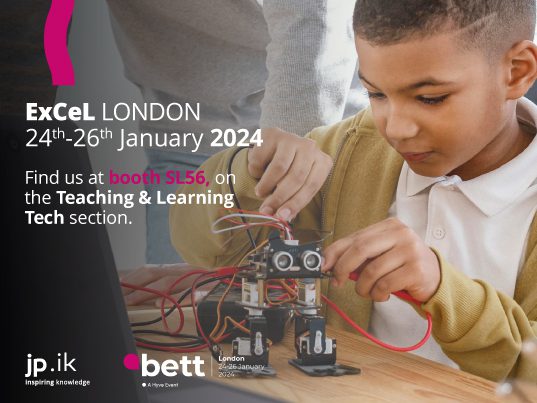Follow the link and read the paper:
“A lifeline to learning: leveraging technology to support education for refugeesâ€
Considering the extraordinary amount of displaced people worldwide, the UNESCO publication “A lifeline to learning: leveraging technology to support education for refugees†explores the learning opportunities enabled by technologies in contexts of refugee and shift. In 2016, the number of children applying for asylum reached a new record and the average duration of refugee situations increased from nine years in 1993 to twenty years nowadays, and with the rise of climate change issues the estimation for the next years is unprecedently high. Regarding the great disparities in terms of refugees’ landscapes and contextual configurations, the text explores the use of mobile learning in diverse moments – from dislodgment and journey to arrival and integration in host settings –, and it presents studies from both camps and urban contexts, comprising high, middle- and low-income ones.
In this context, having access to education – as a way through which a critical and higher sense of agency towards opportunities can be fostered – is of an inestimable value. This report argues that awareness is increasing about matters that go beyond a merely concern on refugees’ physical needs: their dreams, aspirations, and ideas are expected to be incorporated on a long-term perspective of what a meaningful support is, where education is key. It also highlights the specific role of mobile learning in this horizon, considering that, although about 86 per cent of refugees reside in developing countries and 61 per cent cannot benefit from smartphones applications, 71 per cent of refugee households own a mobile phone. The proposals are based on the perspective that mobile learning technologies may deliver a basis of content to reason and act upon, once secure issues are guaranteed.
This is particularly relevant to avoid concerns about reprisals and surveillance when using mobile and social media for educational purposes. An educational technological appropriation in these landscapes may be also helpful in the cases of large scattered refugees’ populations in great urban areas. Given the discontinuities on refugees’ learning paths due to unpredictable geographical trajectories, it seems to be capital to guarantee their values, talents and expectations are met through education. Still, additional research is necessary to understand the full potential, shortcomings, cost-effectiveness, and the context-specificity of the initiatives and projects that incorporate technologies for this purpose.
“Ecological†approaches that take technological, sociocultural, political and financial educational components into account must be evidence-based and pedagogically-driven, guarantying that high pedagogical standards are not forgotten when the basics of safety, freedom, and literacy cross the way. In fact, another report from UNESCO about Pedagogy – exploring the potential of digital technologies in achieving quality education – points out that our fascination with education technology is fundamentally based on our perceptions of its promise; it is neither evidence nor efficacy-based. Educational agents, from decision-makers to teachers, would benefit from specific training not only to accurately respond to the educational needs of this populations, but also to critically question the current options available for them. So, to pave the way for an epistemological change on how educational objects interact and create conditions for human development based on contextual acquaintances and challenges, more efforts beyond technological paramount features are expected to be done.
Throughout the report, we meet some stories from refugees. Rima, a 13-year-old girl from Syria, plays the lead in one of those stories. She fled with her mother and brother to the Zaatari Jordan’s camp, following her father call to the civil war. This camp is marked by high secondary school dropout rates for adolescent girls. Rima is now a participant of the TIGER Girls programme, where open-source multimedia libraries (available on tablets) and engagement in community-based learning work support formal education.
The girls explore future professional possibilities through their tablets and facilitator’s further help, who also proposes after school volunteering for Rima – who wants to be a paediatrician – in the camp’s health clinic. This kind of programme is responding to the demand for projects targeting professional-occupational skills for refugees and immigrants in urban locations, aiming at reducing unemployment and occupational mobility rates.
As we have written before, if learning is displaced by nature, the sense of formal education is not exactly on its physical placement but on the possibility of placing several worlds into a narrative that merges them from within.
Contribution by:
Ana Paulino and Ana Mouta, the editors of A Moment of Sharing, are Pedagogy Specialists at jp.ik.




